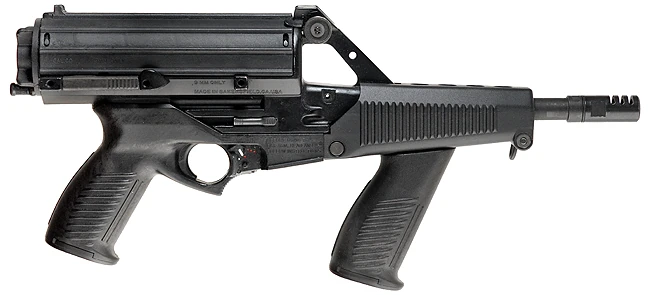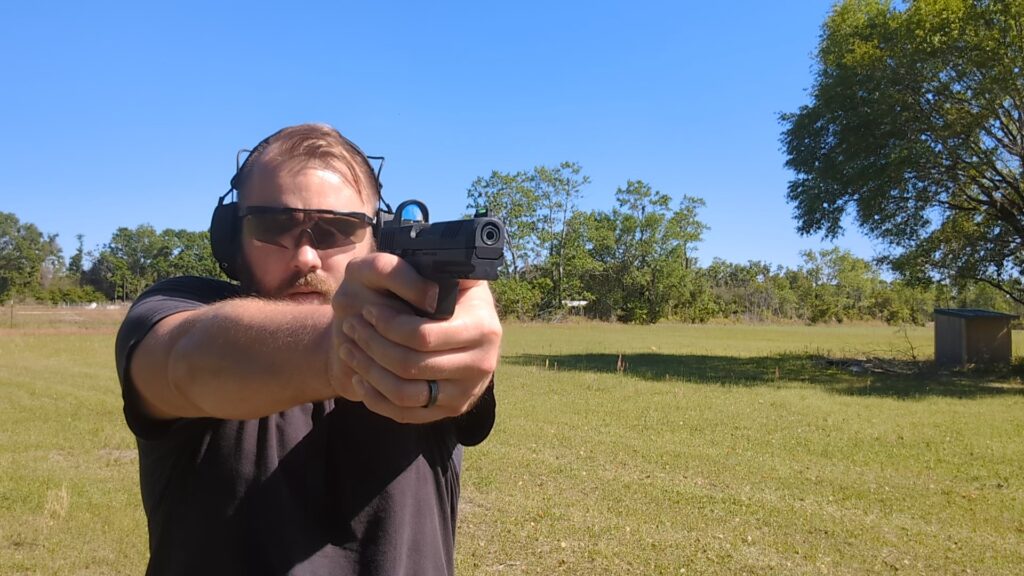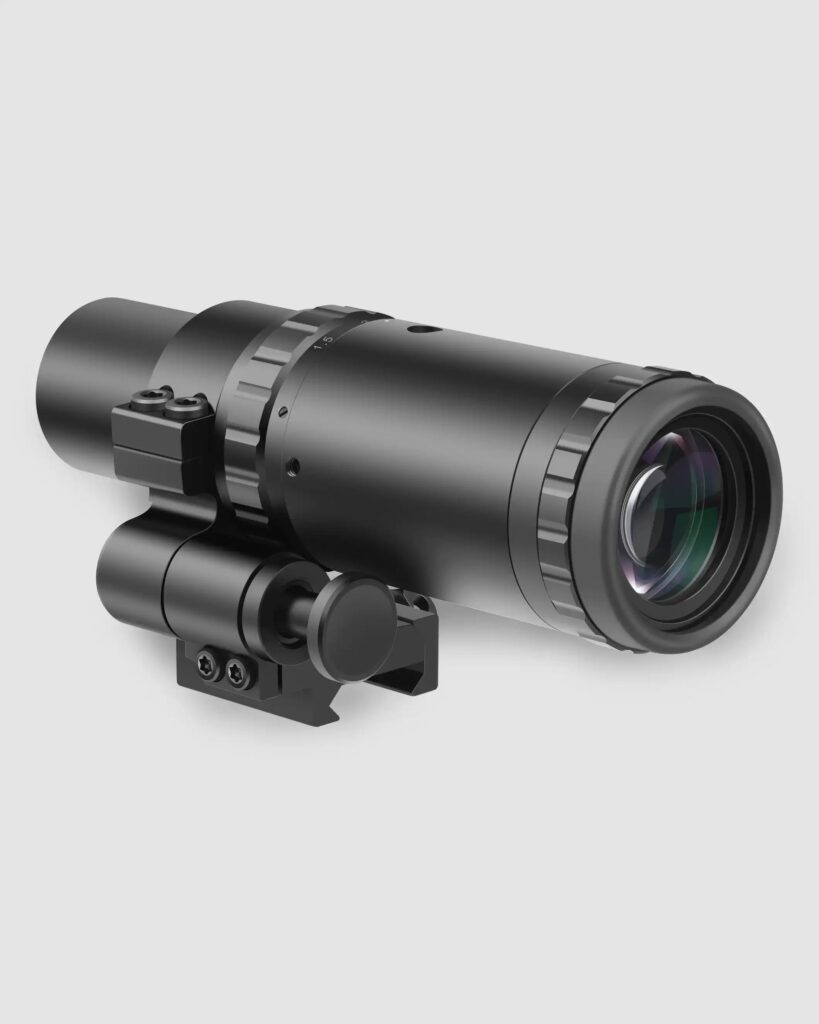I’ve been playing a game called Ready or Not, which is a realistic, intense game that has you playing as a SWAT officer in a violent major metropolitan city. You have to arrest bad guys, and often secure their firearms as evidence. In this major metropolitan city, one of the favorite guns of the bad guys appears to be a Calico M950. I found it odd, but interesting, that the developers would use such an obscure firearm for the game.
The M950 surprised me. I expected it to be a crapshoot but found it to be a reliable, fun to shoot, and fairly decent little gun with an interesting magazine. While I owned the gun, I didn’t know a whole lot about the company and decided it’s a great time to look into Calico Light Weapon Systems.
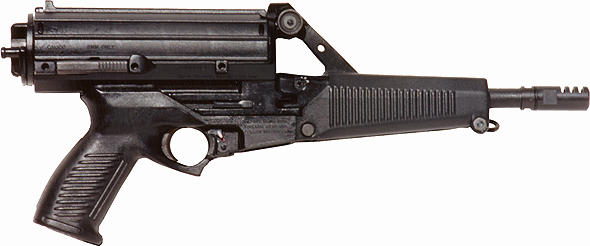
Advertisement — Continue Reading Below
Calico stands, or stood, for California Instrument Company, and in the early 1980s, they produced products designed for the petroleum industry. The company made a big shift by diving into firearms.
The First Calicos
Calico’s first gun was a .22LR rimfire semi-auto carbine with a 50 or 100-round helical drum. The helical drum would become the lifeblood of Calico and would be what the entire series of firearms would be built around. The .22LR Calico had enough success to fund Calico’s ventures into centerfire guns. Calico’s goal was to get their guns into the hands of soldiers and police officers ultimately.
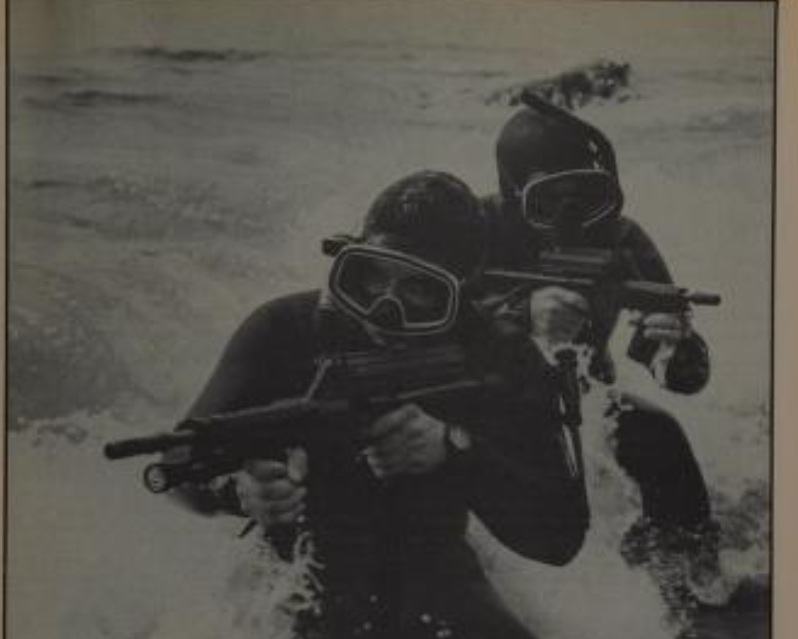
Advertisement — Continue Reading Below
This led to the creation of several 9mm variants of the Calico. Even in the 1980s, California was becoming a terrible place for gun rights. Calico’s Bakersfield factory found some resistance from a local politician, but was able to stay in Bakersfield. My Calico M950 is a Bakersfield original. The Roberti-Roos Assault Weapons Control Act of 1989 banned the gun for sale in California, but they would remain in production in the state.
In June of 1989, they introduced the M950 pistol and the M951 rifle. Both were 9mm platforms, the pistol featuring a six-inch barrel and the carbine featuring a 16-inch option. In 1991, they introduced the select-fire variants, the Calico submachine guns in eight different configurations. Configurations varied by barrel length, stock type, presence of a forward grip, and more. The SMGs went by the M960 moniker.
Inside the Calico Guns
The helical magazine design was the core of the weapon. It’s a double-stack helical magazine that is fit to the top of the gun. Cliff Davis, the number two man at Calico in the late 80s, was the designer of the magazine. The magazines allowed you to carry 50 or 100 rounds without a big, jutting magazine sticking out the bottom of the gun.
Advertisement — Continue Reading Below
These magazines were surprisingly compact. The 50-round magazine was only about seven inches long, and the 100-round magazine was a hair more than 12 inches long. The magazines had a rotational lever that allowed you to tension the magazine. A clutch button allowed you to relieve that tension.

Due to the top-mounted design, the magazines held your rear sight. Most Calico magazines had a dual sight system that allowed you to use either a peep or open sight. My example only has a pistol-style open sight.
Advertisement — Continue Reading Below
Beyond the magazine, there were a number of innovative features implemented into the Calico guns. They were an early adopter of polymer, the frame being mostly polymer. These guns were also roller-delayed blowback guns, much like an MP5, which makes them tame and easy to control.
The gun had numerous ambidextrous features. The safety is ambidextrous, the magazine release requires a pinch method and is ambidextrous, and the gun ejects from the bottom. The charging handle was locked to the left side of the gun, making it more friendly for right-handed shooters. It’s worth mentioning that Calico, as a company, put a lot of effort behind these guns.
Beyond the Gun
Calico produced a ton of accessories for their guns. I would argue they were extremely progressive as a company. They introduced stuff like bipods and a speed loader for the gun, which wasn’t fancy but nice. Where they went a little wild was the presence of optics mounts, lights, and lasers.
Advertisement — Continue Reading Below
They produced a factory brass catcher and even a shoulder rig for the M950 pistol that held the gun and a spare magazine. There was also a leg rig for these things, which is totally nuts, but also awesome. Calico even offered an armorer’s course to learn to care for your Light Weapon System.
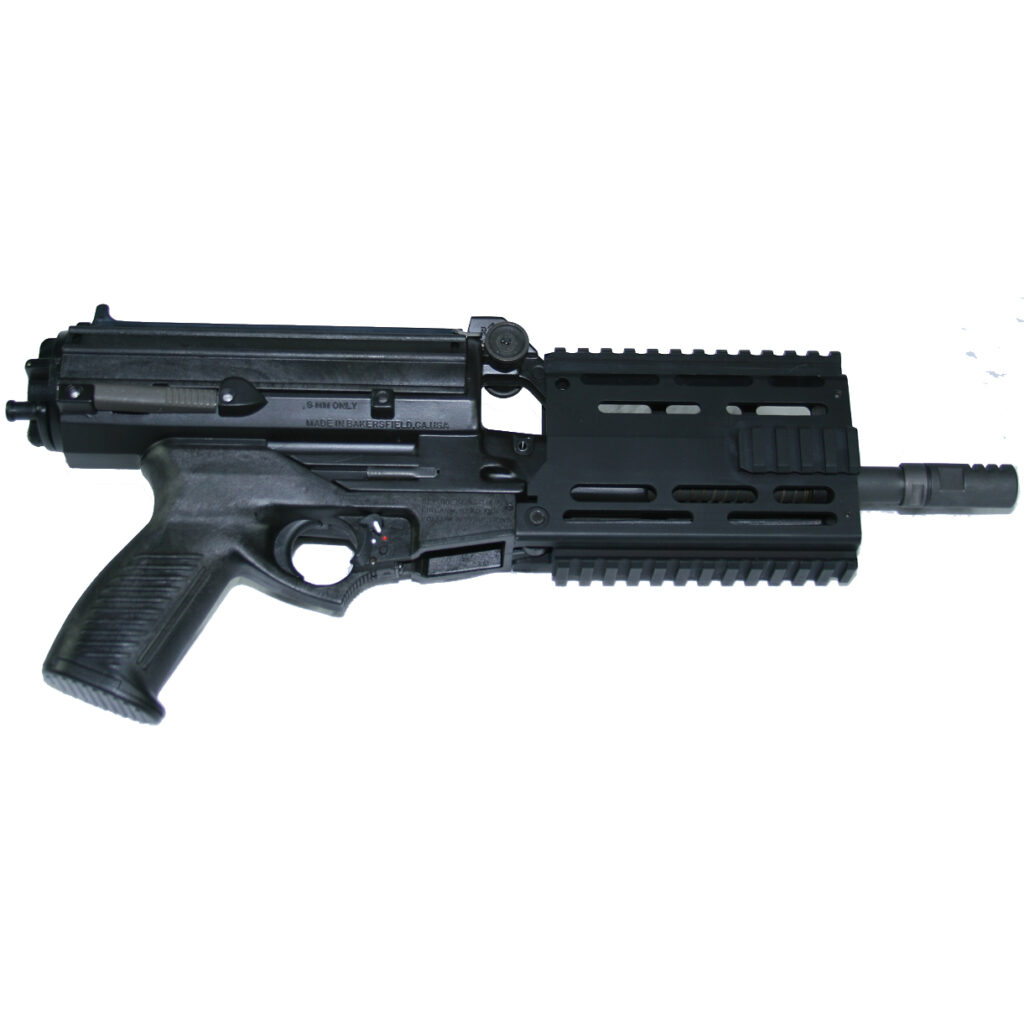
In an old Gun Digest article, the original CEO of the company, Mike Miller, stated some widespread adoption of the gun. He claimed there were sales to Special Forces Units, DOD Security Forces, the U.S. Marshal’s Service, the Diplomatic Security Service, and numerous SWAT teams. He also claimed SEALs and the DEA were testing the gun. Overseas sales included Jordan, Egypt, Ecuador, Israel, Taiwan, Peru, Macao, France, and the Colombian National Police.
Advertisement — Continue Reading Below
It’s not easy to verify these claims. I can’t find any photos of any police unit or military unit using the Calico. It’s possible they sold some to these agencies for testing, but it seems like a highly noticeable gun, and there would be records of its use.
The Future of Calico
In 1994, the Assault Weapons Ban came to be and effectively killed the Calico Light Weapon System firearms. No one wanted a 10-round helical drum magazine firearm. The company didn’t have the government sales to sustain it. Efforts to produce a .40 S&W, a .45 ACP, and .223 Remington variant were ended.
The company moved to Sparks, Nevada, in 1998, but it appears they only produced replacement parts for their guns. There isn’t a lot of information about the company between 1998 and 2006. By 2006, the Assault Weapons Ban had expired, and the company was sold and moved to Hillsboro, Oregon. The new owners redesigned some of the guns and added modern features.
Advertisement — Continue Reading Below
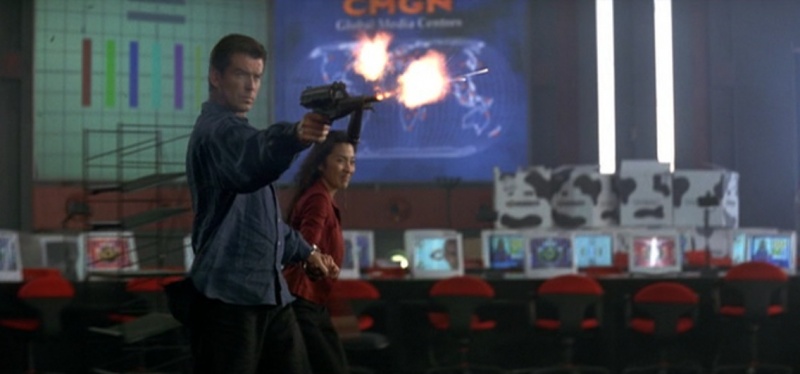
This includes rails, better optics mounts, and more. These were called the Liberty models. They showed a 12-gauge model at SHOT Show in 2012, but it never went into production. The website is still up, but I don’t know if the company is still operating. They don’t take credit cards, and you have to mail them a check. The site might just be a ghost ship still out to sail.
(I really want that shoulder rig though!)
Advertisement — Continue Reading Below
For all intents and purposes, it seems like Calico is out of business. You can’t find their rifles or pistols for sale outside of the used section. They were an interesting weapon system and one that worked surprisingly well. I typically expect novelty style designs to have reliability issues, but that doesn’t seem to be the case. My 950 works well and is a ton of fun.
Honestly, it seems like a great KelTec expansion!
